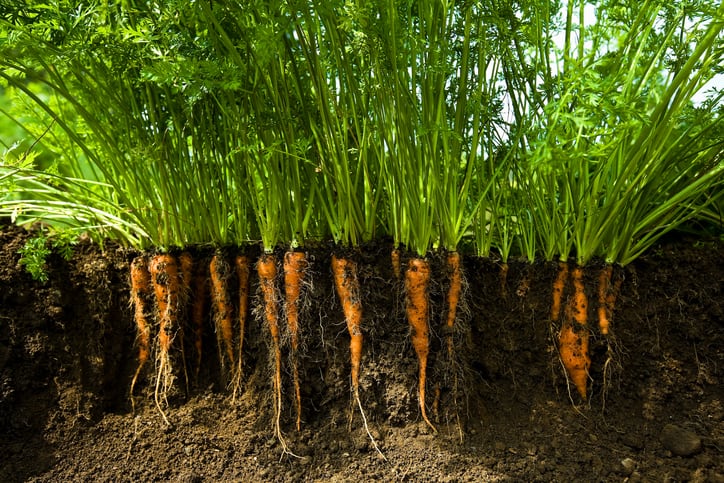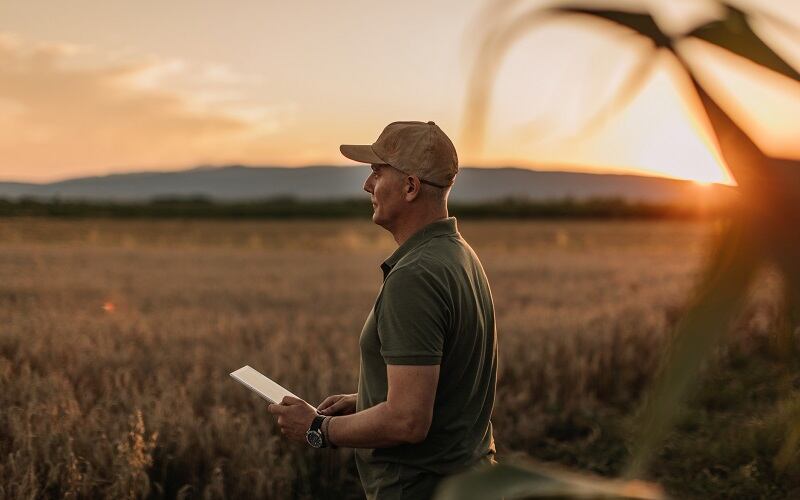This was the opinion of an expert panel at the recent Asia-Pacific Agri-Food Innovation Summit in Singapore, comprising Olam Agri Head of Climate, Environment and Natural Capital Shailendra Mishra, BioPrime Agrisolutions CEO Renuka Karandikar and Tropic CEO Gilad Gershon and chaired by Boralis Group CEO Rob Hulme.
The panel highlighted that one of the major concerns resulting from climate change has been land degradation affecting vast plains of land in the various regions across the world from APAC to the Middle East to Africa.
“Climate change is very real, and with this comes land degradation which leads to food security issues globally,” Mishra told the floor.
“We are working to train farmers regarding soil health as well as on insurance schemes to ensure their livelihoods even with fallout from these issues, especially in markets such as Thailand, Africa and India where more nutrient management is crucial to improve soil health here.
“Soil health is undoubtedly key and needs to be regenerative, which involves many factors including improving the microbiota – if these entrenched benefits in the soil can be fully unlocked, there are many nature and climate positive impacts to be reaped.”
The use of biological strategies was previously viewed as more traditional initiatives, such as the use of animals for pest control, but in this day and age many new innovations have emerged to take the sector far beyond what it looked like a decade ago.
“The timing for biologicals in agriculture really is today,” Karandikar said.
“Previously the technology had not matured enough, and though there was a lot of talk about microbes for many years a lot of the innovations at that time failed to live up to our expectations – but through our R&D, we have realised that in the chase to grow more and more food, there has not been enough focus on the plants’ ability to mitigate stress and interact with microbes in the meaningful way needed to bring about the benefits we want.
“So what we now know is that there is no point in simply throwing microbes at the plant and expecting the benefits to just come through – we need to help develop those pathways and processes for the communication between the plant and microbes to take place to increase the efficiency in order to reap those benefits for plant and soil health.”
In terms of practicality, cost concerns are undoubtedly top of mind for farmers and this is where solution developers will need to take heed.
“Farmers are not going to use these biological solutions in the long term if they are not efficient, or if they are not accessible,” she added.
“Efficient solutions require synergies between the microbes and the system – for example we work with small molecules that work as molecular switches to switch certain processes on or off, and also need to be accessible to the farmers even in remote areas.
“This is why we work with the farmers to ensure the solutions are right, but also with large organisations such as Olam to increase our reach to more farmers across more networks.”
GM acceptability
Genetic modification has long faced challenges in the industry but is increasingly seeing higher adoption in many markets.
“Historically GMO has had a lot of issues when it comes to regulations and it was very challenging to try to get these approved, no matter the crop,” Gershon said.
“Costs for these approval processes were immense, sometimes coming up to some US$150mn and could take years and years to get through – but thanks to new technologies and regulatory advances, we are now seeing much faster and cheaper routes to market.
“For instance, we were the first to receive non-GMO certification for a gene-edited banana, and this process took us five months – comparing this to golden rice, which took some 20 years to finally reach the market, the difference is truly very significant.
“Consumers are also becoming increasingly supportive especially amongst the younger generation, and a lot of this is driven by sustainability, climate change and food security implications, so acceptance is getting better.”





